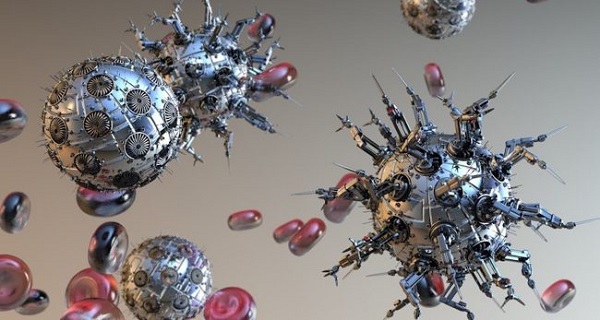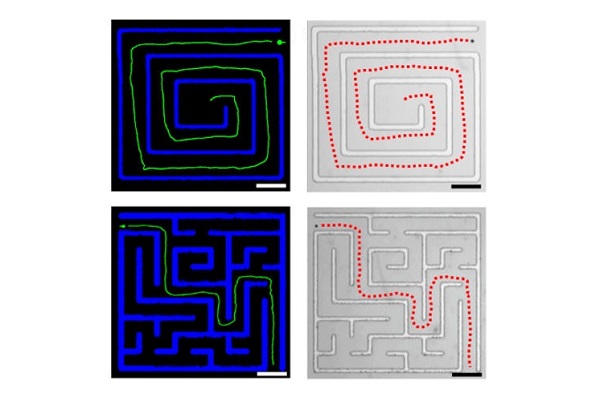Created nano-robots that can overcome the labyrinths of a living organism
Scientists at the University of California, together with colleagues from the Chinese Institute of Technology, published the results of experiments on the introduction of developments from the automotive industry into nanorobots. In the future, according to scientists, such mini-robots can become indispensable assistants to doctors during various medical procedures.
The robot is powered by an engine with a diameter of about 5 micrometers, thanks to the endowed ability to carry out the microscopic length of the movement, it is able to pass any maze of a living organism.
In the case of successful introduction of a new technology, such devices can carry out the delivery of drugs locally, that is, directly to the site of the pathological process, as well as carry out diagnostics and participate in the removal of tumors.

Longhyu Lee, one of the authors of the invention, emphasizes the importance of developments taken from the automotive industry.They help to achieve the maneuverability of the nanorobots, which allows it to bypass obstacles in the constantly changing environmental conditions. The robots integrated into the system will not bump into each other, allowing each element to fully perform the tasks assigned to it.

Experts hope in the near future to achieve even greater success in the use of automotive developments in the process of creating medical robots. So, in particular, they plan to adopt the functions of cruise control, emergency braking and many others, this functionality is able to fully optimize the process of moving the robot inside a living organism.

/rating_off.png)








